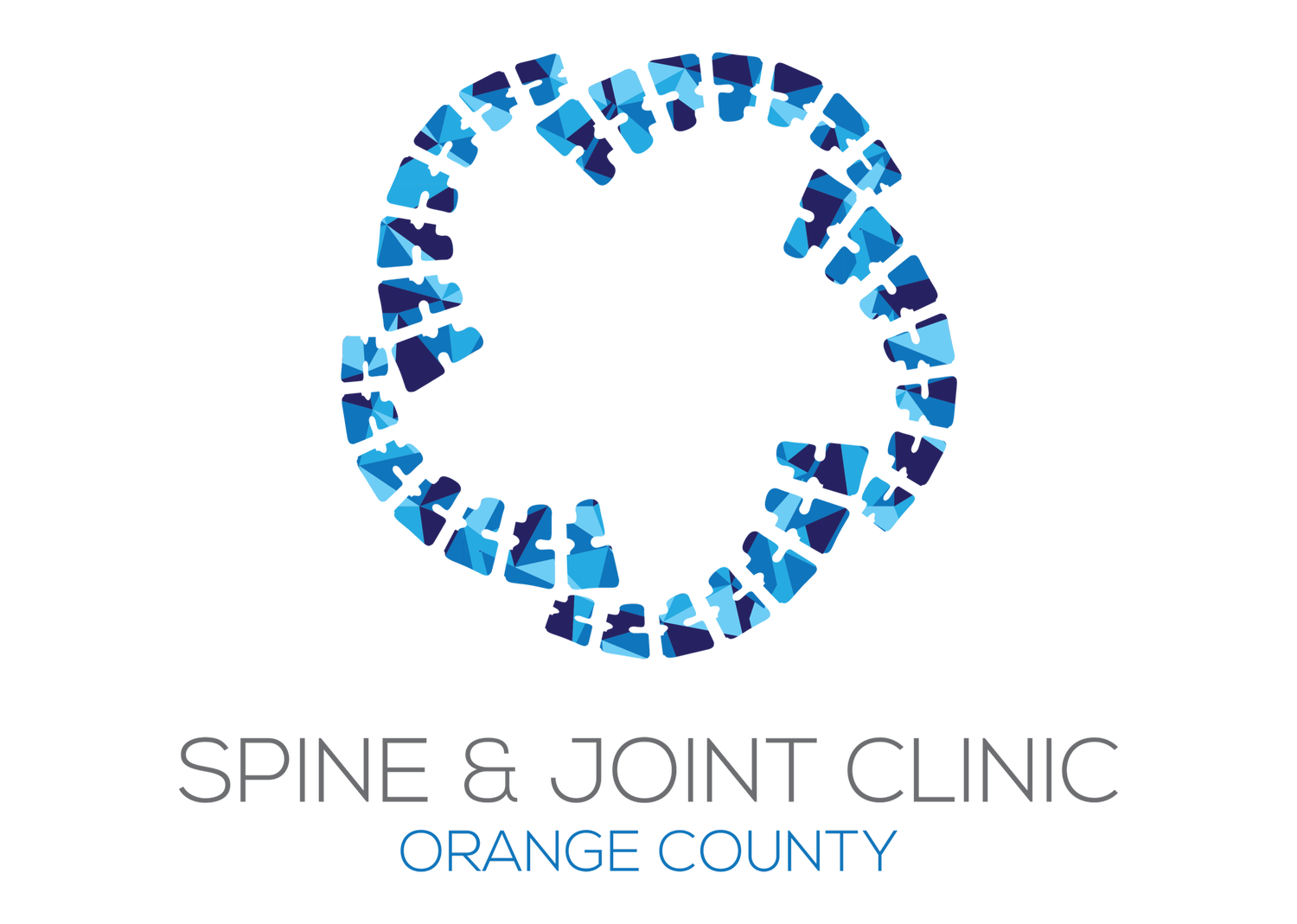Why the Adjustment May be Your Ticket out of Pain
Everybody has experienced joint discomfort, muscle aches and pain, or an injury.
Everybody has experienced joint discomfort, muscle aches and pain, or an injury.
A common culprit is neuromuscular imbalance. It happens for a host of reasons. A few of these reasons are poor posture, dysfunctional movement patterns, imbalances created during exercise/sport, and injury.
Chiropractors use adjustments to help clear these neuromuscular imbalances. Take this crude analogy. In the 90’s the federal government required sensors on garage doors to prevent accidents. The sensors serve as a binary safety feature to reverse the motorized trolley in case anything is blocking the path of the door. If there are obstructions to the sensors the doors will reverse direction or malfunction. Lights will flash and the doors will not open and close properly.
In the case of the body, lets take an injured hip joint, if the sensors/nerves embedded in the joints (hip, pelvis, sacrum) and muscles surrounding the hip send abnormal information to the brain and spinal cord the brain may choose to alter "normal" control. It will find a different way to keep you upright and provide the movement that a person requires to function. Unfortunately, there are no alarms alerting us to the specific problem and respective adaptation(s).
The potential results:
- decrease in spatial awareness
- muscle weakness
- asymmetric muscle stiffness or splinting
- reduced range of motion
- overall changes in body mechanics
- changes in spinal curvature.
Depending on the duration of the injury or misalignment, the body may begin to compensate and deviate from a more natural movement pattern. This may continue until the sensory and motor dysfunction (referred to as dysafferentation) is removed.
Evaluating the body is a multilayered task. In my approach, the first step is to ensure that we do not impose movements or posture on top of cumulative compensations (joint misalignments and abnormal muscle tension), but rather gradually restore the neuromuscular function through evaluation and specific gentle adjusting.

